Reducing operating costs as a percentage of revenue is a clear objective for most businesses—how does a company continue to serve its clients with a quality product, manage inflationary cost pressures, and respond to the pricing demands of the market?
In cannabis facilities, most initial proformas are calculated based on market pricing at the time of entry, but we’ve found that many mature markets begin to get oversaturated as competing cultivators perfect their craft and as other states come online and cannabis tourism revenue is adversely impacted. As a result, the pound price usually starts high but decreases as the market matures. And in food production, how does an indoor cultivator compete with traditional agriculture? Producing a cleaner, higher quality, locally grown food product is a wonderful thing, but if only the affluent can afford it, the available market is constrained and the benefits are afforded to a lucky few.
In both cases, the key to not just surviving the ebb and flow of the market, but thriving in it, is to manage the cost of operation. This means not just the cost of running your business, but the ratio of costs to revenues. For instance, increasing revenue while operational costs stay constant would be just as desirable as decreasing costs without impacting revenue. So when looking at operating costs, you have to look at them in the context of the entire business, not as an isolated variable.
Of course there are big, expensive steps you can take. Investment in automation to reduce labor costs, and renewable energy to reduce energy costs are some examples. But these investments are not always financially feasible for every cultivator and leaves out facilities that are already in operation. The good news is that there are some practical, tangible actions you can take that will directly impact your bottom line, without blowing up the capital budget—whether you’re already operating a facility or planning a new one.
Table of Contents:
Irrigation and Water Treatment
Since water is relatively inexpensive in many areas, most cultivators don’t pay a lot of attention to water consumption and conservation. However, managing irrigation carefully can help you reduce not just your water consumption, but also your nutrient costs, which can be considerable. 20% run off through irrigation doesn’t just mean 20% wasted water. It also means 20% wasted nutrient. These numbers can add up very quickly and cost cultivators a surprising amount when it’s all said and done.
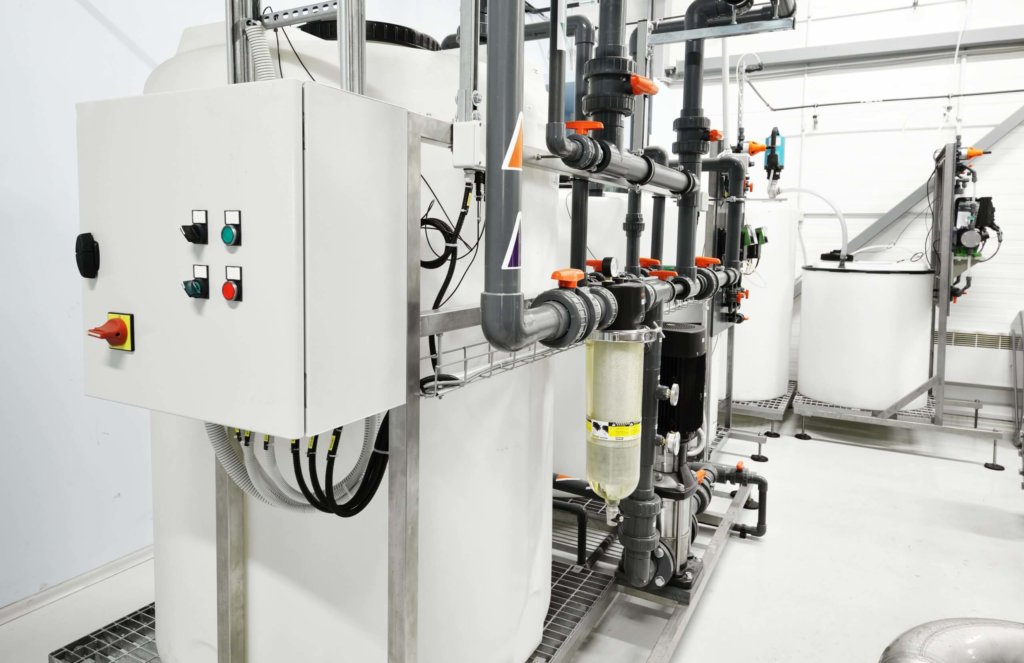
1. Reduce Water Waste
It’s worth your time to dial in your irrigation strategies to limit watering volume to only what’s needed. As most cultivators utilize some kind of automated irrigation, spending a few weeks paying close attention to run off and tightening up irrigation methodologies is a low-cost way to reduce operating costs while spending almost nothing. In some municipalities, management of wastewater associated with indoor agriculture also carries cost, making it even more lucrative to tighten up irrigation strategies.
Reducing the amount of water in your cultivation rooms will also minimize your dehumidification needs. This translates directly to reduced energy use in existing facilities (and possibly reduced capital expenditures in new facilities by reducing the size of the dehumidification system).
2. Reclaim Condensate Water
Condensate reclamation* is another way that you can save a surprising amount of money, and with increasingly diminishing water resources, may be one of the biggest long-term drivers to indoor cultivation overall.
The water that you give to your plants is used as a delivery mechanism for nutrients and is then transpired into the air in the form of water vapor. Your dehumidification system condenses that water back into liquid, where it is drained away. To put it simply, you can re-use almost all the water you give your plants through your dehumidification system.
Based on average water rates in the US (depending on region), if a cultivator is using approximately 100,000 gallons of water per month, that business will pay somewhere between $400-$700 dollars for water that month. Assuming that reverse osmosis (RO) systems are in use, which are common for cultivation facilities, that number could be double to account for waste through the RO system. Cultivators irrigating 100,000 gallons per month who reclaim and filter condensate could then save anywhere from $4,800 to $16,000 annually by capturing and reusing condensate from their dehumidification systems. This same formula would apply to smaller or larger cultivators, just on an adjusted scale.
The water you pull out of your dehumidification system will need to be ph’d, sterilized, oxygenated and filtered for metal out of an abundance of caution, but is almost certainly cleaner than anything you get from the tap. There is a small cost associated with the filtration and delivery system for the condensate, but it will pay itself back very quickly and continue rewarding you in the form of cost savings for the life of your grow.
*It’s important to note that condensate recovery in this context refers to condensation-based dehumidification systems. In absorption or adsorption systems such as desiccant, condensate recovery is less feasible.
Lighting
LED technology has come a long way and is rapidly overtaking HID lighting as the preferred lighting source for most commercial growers. If you’re operating an existing facility relying on HIDs, you may consider a retrofit. And if you’re building a new facility, LED technology should absolutely be at the top of your list for consideration.
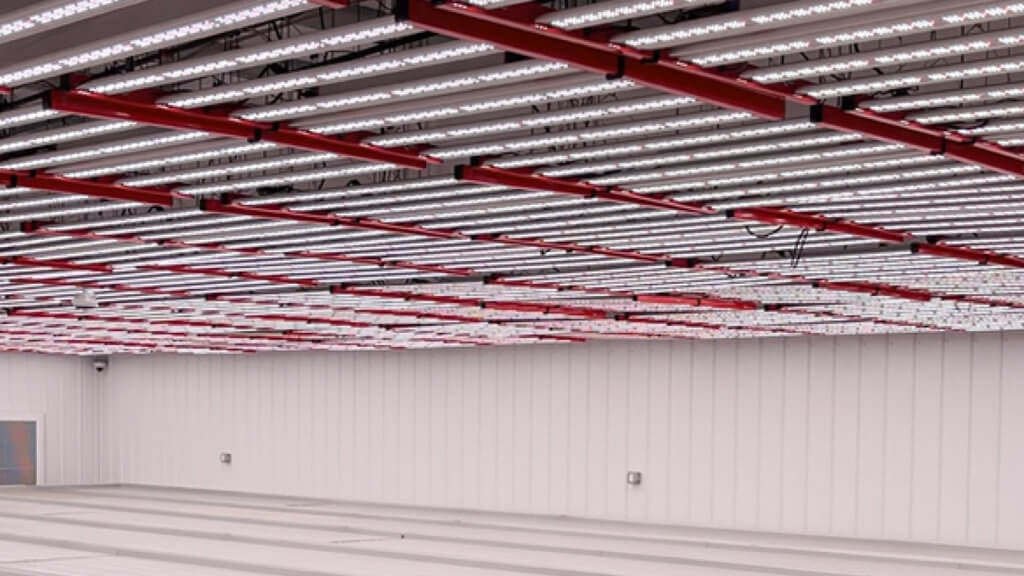
3. Save Energy with LEDs
LED lighting produces useable light more efficiently than HID lighting, meaning that generally you can achieve the same PPFD with less wattage (or higher output for the same wattage). The operating impact is less energy use associated with the lighting itself, less energy use associated with the HVAC system due to lower sensible heat loads, and higher longevity in the fixtures themselves resulting in lower long term replacement costs.
Even if the upfront costs are higher with LED’s, the long-term costs are significantly lower in most cases. As an added incentive, utility companies in most areas will offer some kind of rebate program to offset the cost of LED’s due to their superior efficiency, making them a great option for retrofits in particular.
Be sure to research your lighting options. If you’re currently growing under HID lighting, you might need to make some adjustments to your cultivation methodology to accommodate the new light source—most cultivators grow at a slightly higher temperature under LEDs for instance. If you’re nervous about making the switch, there are many LED lighting resources available to help you learn more about them. Start experimenting with a few fixtures—or better yet, contact us and let us help you!
Electricity
There are some scheduling adjustments that you can make that cost zero dollars but could translate to big savings on your energy bill. Many operators don’t realize it, but there are two primary ways in which utility providers charge clients over and above the direct cost of a kWh. One is related to scheduling, or when the power is used, and another is related to the maximum use of power at any given time.
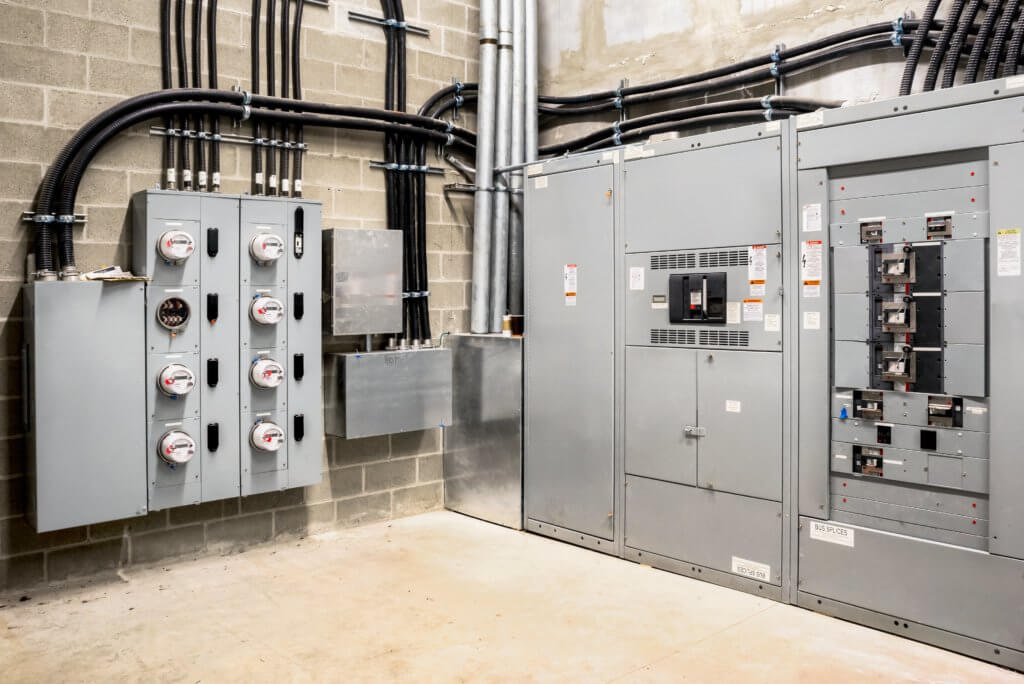
4. Avoid Peak Hours
Power is generally most expensive during peak use hours, which are typically in the morning when families are getting ready for work or school, and in the evening when everyone gets home. Power is generally least expensive during off-peak hours, which is usually through the middle of the day when everyone is at work or school, or overnight. Adjust your lighting and HVAC schedules to minimize your power use during peak hours. If done right, your efforts could result in substantial savings. More on this below!
5. Offset Demand Fees
Cultivators are also often charged demand fees, which are either a flat fee or a percentage of kWh. These are directly related to the maximum amount of power used at any given time during the billing period, even if it’s for a few minutes. Demand charges are often considerable and can even exceed the actual cost of power in some cases.
However, you can offset demand charges by operating flowering rooms on a flip (opposing 12/12 lighting schedules) and slowly ramping lighting up and down, either with dimmers or by turning lighting on in sections, to avoid the spike in both lighting and HVAC associated with turning everything on all at once. This can be done room by room (staggering rooms in 5-10 minute intervals for instance), or section by section in a single room, or both. Both the flip scenario and the staggered start up schedule will reduce peak use and can reduce demand charges considerably.
HVAC
Many cultivators don’t realize that their HVAC systems are using as much or more power than their lighting systems. If your HVAC system is already designed and operational, the best ways to reduce costs associated with the system are to carefully manage water use and stagger your lighting and irrigation schedules as previously mentioned, along with proper maintenance. But if you are in the design phase of your buildout and are considering various technologies, there are some selections that have clear advantages over others, without significant added costs in many cases. Design conditions can have a major impact on capital and operating costs as well.
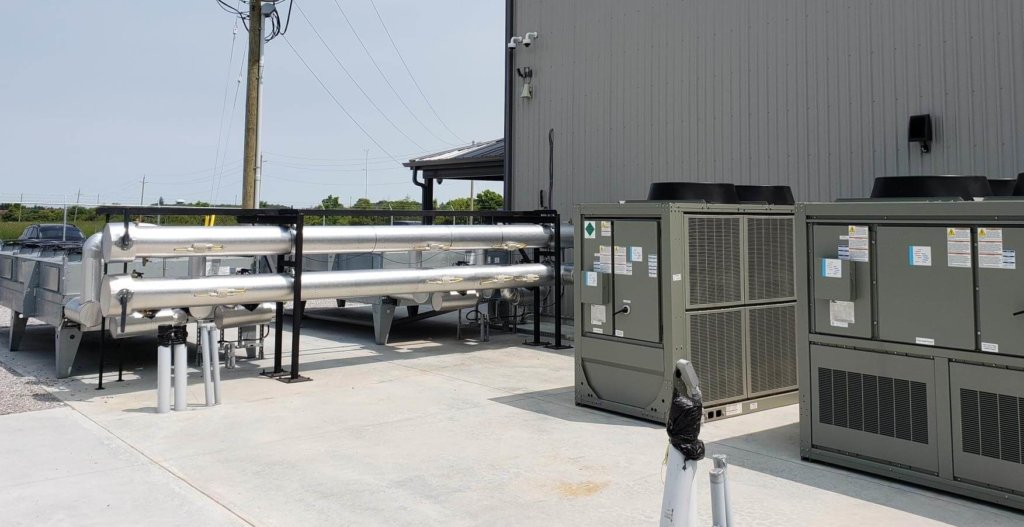
6. Don’t Overextend Temperature and Humidity Setpoints
First, carefully consider the temperature and humidity that you really need to achieve. While you may already have a wish list and would like to drive temperature and humidity down as low as possible, understand that with most HVAC systems, the lower the temperature and humidity, the less effective the systems become.
For instance, a standalone dehumidifier is usually rated for output at 80°F and 60% RH. If it’s operating at 70°F and 45% RH, it will produce far less output for the same energy costs. The same concept applies to cooling systems. While you should always leave yourself some cushion, understand that the more flexibility you have in setpoints, the less expensive your system will be upfront, and the less expensive it will cost to operate over the long term.
7. Account For Heat Recovery
Dehumidification uses as much or more energy than the cooling function in most cultivation facilities. It’s usually achieved by reducing the air temperature to below the dewpoint temperature, allowing moisture to condense and be drained out of the room. Hence, dehumidification is achieved as a byproduct of cooling the air, but when dehumidification is needed and cooling isn’t, that heat must be replaced.
The most efficient way to do this is through a heat recovery system of some kind, where the heat that was removed from the facility is injected back into the room. This is how heat recovery chiller systems, hot gas reheat DX style systems, and stand alone dehumidifiers work. If heat recovery isn’t an option for you due to budget constraints, and you must rely on standalone heat, choose gas over electric reheat whenever possible.
8. Look For Equipment With Modulating Control
Lastly, systems that modulate as opposed to simple on/off control will generally use the least amount of energy and result in the smoothest and most consistent temperature and humidity. Think of this like driving your car on cruise control as opposed to flooring it and slamming on the brakes. Modulating systems ramp up and down in response to the load.
On/off systems, on the other hand, come on at full power and turn off. This results in greater energy use due to rapid cycling, and creates a less consistent environment because the system turns on only when parameters are out of whack and then turns off every time the setpoint is met.
Maintenance
Facilities maintenance is a chronically overlooked role in initial business planning, and often treated like an afterthought by business owners. The reality is that in most indoor farms, the systems are complex and sophisticated, and should be maintained by staff that understands what they are working with. The hidden costs of overlooking maintenance can be far reaching.
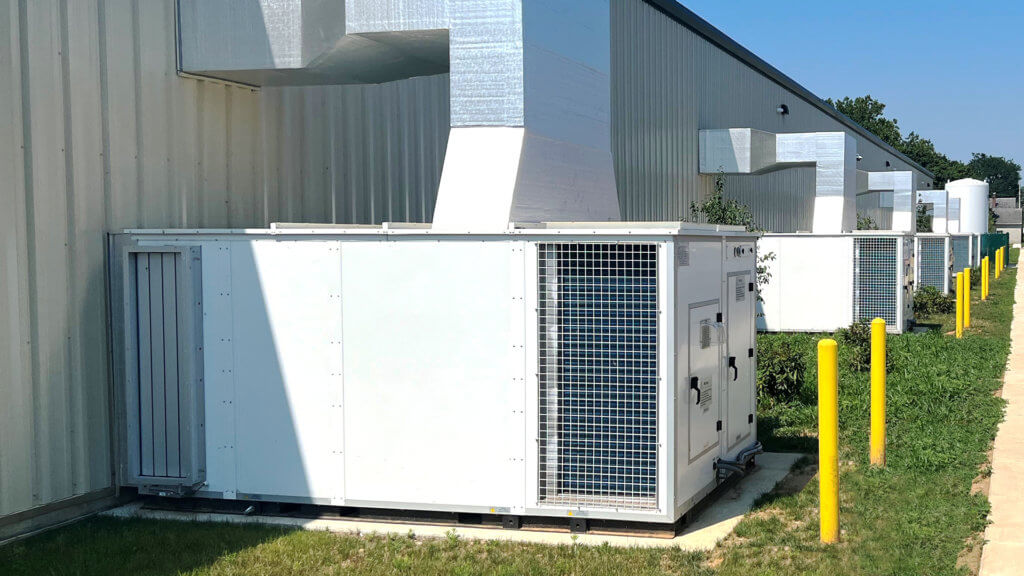
9. Maintain Equipment to Maximize Efficiency
Usually the first, most insidious, and least obvious cost is increased energy use associated with poorly maintained equipment. For instance, if an HVAC system isn’t being properly cleaned on a regular basis, it will run longer for the same amount of output. This has a direct impact on energy costs. They may seem minor at first, but over the long-term, they add up. As it progresses, you may not be able to achieve setpoints consistently during peak load times, which can have an impact on your yields and revenues.
10. Prevent Premature Equipment Failure
Over the long term, early failure or emergency service from outside providers becomes a real issue. If you lose a critical piece of equipment during off-peak hours because no one has maintained it or checked it, you’ll pay outside vendors excessive amounts for emergency service calls. This happens quite regularly because no one can afford to be “down” in an active room. And premature failure of expensive equipment has a ripple effect of costs. These unnecessary costs could include that of replacing the equipment before its time, or the cost of repairing major components, or the revenue loss associated with not having that equipment operational for however long it takes to repair or replace it.
11. Be Proactive, Not Reactive
To avoid these problems, you should employ skilled technicians to manage the maintenance of your systems, whether by direct employment or by contract with maintenance professionals. Maintenance SOP’s should be established as soon as the facility begins operations, and enforced as strictly as cultivation protocols. This will save a substantial amount of money over the long term, with little to no upfront costs.
Data Collection and R&D
As much as you may hate to risk a harvest by changing what has worked for your operation in the past, there is real danger in the “we’ve always done it this way” mindset. Refusing to experiment or try new methodologies is a good way to get left behind. Of course, there are tried and true methodologies that may not be possible to be improved upon, but there are also others that can.
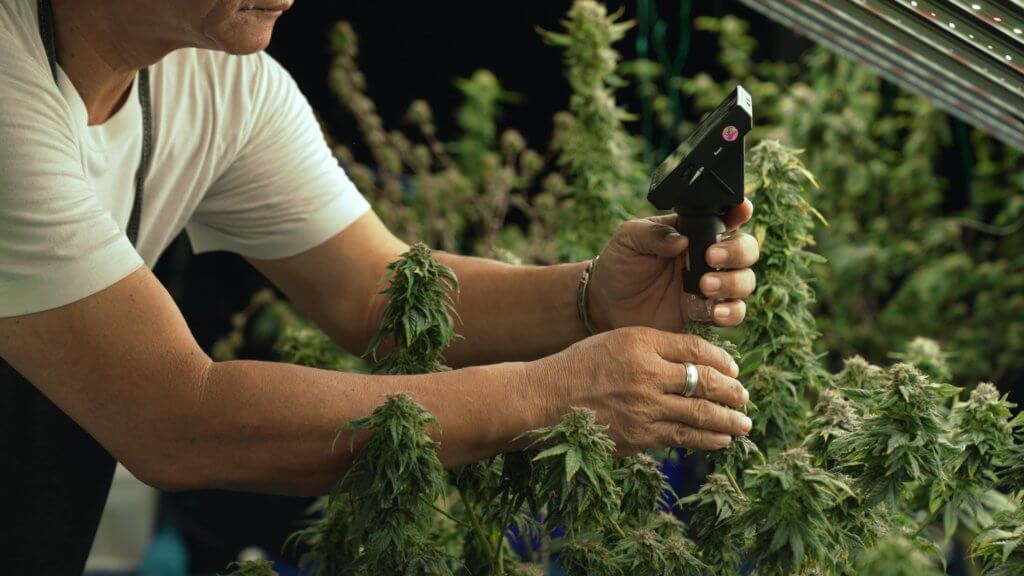
12. Don’t Stop Experimenting
While indoor cultivation on a small scale has been practiced for decades, we are just touching the tip of the iceberg with CEA on a commercial scale, and there is much to be learned through experimentation. What if you could adjust one parameter and improve yield or quality of a specific strain or cultivar? What if you could adjust a parameter and reduce costs without sacrifice to yield or quality? If you don’t try it, you’ll never know.
That being said, no one wants to risk the revenue associated with a cash crop by trying something new. There is risk with any change, which is why we’ve always advocated for R&D rooms in cultivation facilities. While there is some cost involved, the rooms don’t have to be particularly large or densely planted, and investment can be minimal.
Staying Competitive
In the context of competition, reducing operating costs without sacrificing yield or quality is necessary for the longevity of your business. Many of the suggestions here cost nothing, or close to nothing to adopt. And for the ones that carry a small cost, investing in yourself and the future of your business is always going to be money well spent.
Did you know that Surna has partnered with Resource Innovation Institute to help provide CEA producers with resource efficiency best practices? RII is a leading non-profit working to establish indoor agriculture industry standards and drive the adoption of resource efficiency and sustainability practices. For more energy and water benchmarking resources, visit Resource Innovation Institute today.


